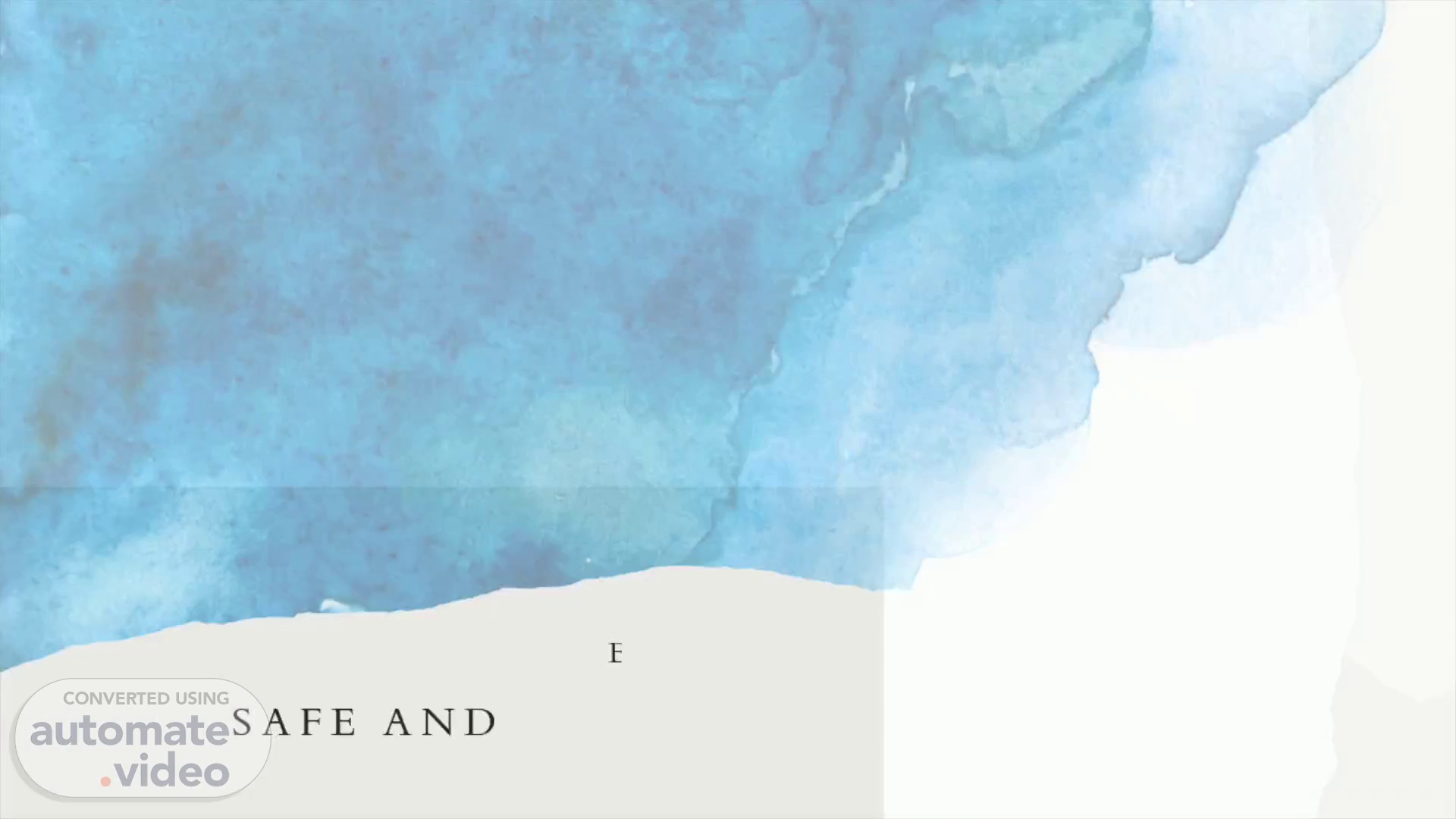
Safe and respectful practices
Scene 1 (0s)
Safe and respectful practices. By olivia hodges. A blue abstract watercolor pattern on a white background.
Scene 2 (9s)
Skills for safe social media use:. Respect – not only should social media users treat others with respect, but they also need to respect themselves and understand that their digital footprint should always be a positive and realistic reflection of themselves. Responsibility: understanding and complying with their rights and obligations, e.g. right of privacy and obligation to remain within the law, is required for Responsible Online Conduct. Digital resilience: The online world can be hard to deal with, and everyone needs a sense of adaptability if we are going to survive stressful situations. Critical reasoning: If machine learning technologies continue to advance, it will be harder for children, young people, and adults to recognize what is real and what isn't while understanding how offline values and ethics are applied in the online world..
Scene 3 (44s)
Tip and guidelines. To ensure the security of your private information, you must update privacy settings for your accounts. If you share a computer or device with one another, do not automatically store passwords. You are respecting other people's privacy. You do not tag them in images and places or share their posts without their permission. Make it clear that you want inappropriate social media behavior to stop and keep a record of your request. Do not continue to interact unless the behavior is stopped. In such a case, you can do as follows: Report concerning online behavior Block unwanted messages and posts on social media sites Delete or block the person who is behaving this way Keep evidence of the behavior (save texts or emails, and/or take screenshots of social media sites) Get help and support..
Scene 4 (1m 19s)
Think before you post. You can keep what you publish on the internet public for a long time, even if you delete it several seconds after your posting. Content can also be distributed and shared outside the intended audience, sent to people you didn't think could see it or even view it from a different perspective. You must understand that the content created is the property of the website you are publishing it on, and this may be used in a way that would not have been planned. You should know the tools or platforms you are using before posting to social media sites. It is advisable to review the terms of service and user manuals, as well as review existing content if you wish to gain insight into posting habits and other cultural and behavioral norms that will be part of your involvement in a Social Media Platform..
Scene 5 (1m 56s)
Bias and how stories are told on digital media. Definition: Regardless of whether the facts actually support the full narrative, narrative bias refers to the tendency of people to interpret information as part of a larger story or pattern. in particular, there are two specific components of the story that have an important influence on our behavior and could result in biased conclusions: The essential details, making the story realistic and vivid. Cause and effect explanations, which help us understand why certain events lead to final results The Power of Details: Base Rate Neglect In order to capture the imagination of listeners and make a story plausible, a good storyteller knows that it is important to include specific details. The problem occurs when the audience thinks only of a specific set of facts and does not take into account its broad implications..
Scene 6 (2m 31s)
Facts and opinion. This difference between fact and opinion is that the facts are factual, whereas opinions are subjective. The verification of facts may be carried out by means of evidence or statistics. On the contrary, there is no evidence at all that supports this view..